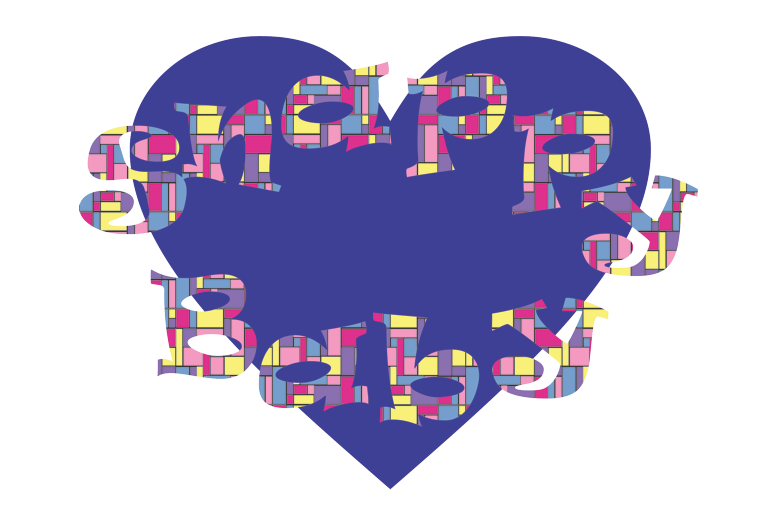I wanted to go over flannel fabric because a question came up at the store about what the difference is between flannel and other types of cotton fabrics. Since I’m located in the United States, I’ll just cover the definition for this country. I realize that the terminology “flannel” is used differently in other areas, but for the purposes of this post, flannel is a fabric. I specialize and sell mostly flannel fabric, so this is something that I’m fairly familiar with as well… so might as well cover it!
Flannel fabric is usually made of 100% cotton (or sometimes wool). Newer manufacturers are coming out with specialty flannels that have a mix of cotton and rayon or something else. The US normally sticks to 100% flannel and mix (I do not carry a single flannel fabric with wool in it). There are different types of flannel, usually created with a specific project in mind. For example quilting flannel is designed for quilting and flannel shirting is designed for making flannel shirts! (I know, super hard to tell, right?) Flannel fabric in general is often times used for sheets, clothing, sleepwear, blankets and quilts, burp cloths, pillowcases, and if you are like me, you might even use it for curtains, toys, and pretty much anything I can think of (including applique!). There are obviously many, many other projects that can be made with flannel but those are some common uses to help you get an idea of what flannel is.
Flannel is NOT something that is usually purchased from a store to make for children’s sleepwear because it is technically flammable. I won’t go over the flammability standards for children’s sleepwear but be aware that most flannel that is purchased in a material fashion is not suitable for making those particular items.
Flannel fabric ranges in thickness and sturdiness and some brands just have a mix of different variations. Most flannel is printed on one side with the back being distinct and white.
So, how do you tell the difference between flannel and other cotton fabrics? Well, the best way is to actually go to a store and feel the fabric. Remember there is often times a starch put into fabric to make it stiff but you should be able to tell that it is a little thicker than plain cotton that is used for apparel. The novelty cotton fabric is also thinner than flannel. There is usually a fuzzy feeling to it after it is washed but this is not always the case before it is washed due to different levels of starch.
Do you have a flannel shirt around the house? That’s a good starting point to see how flannel feels but there are different variations of thickness, and I’ve seen some flannel shirts that are not really made with flannel! So, the only real way to know if you are buying flannel is to check the label. Touching and feeling it is great to see if you will like it and want to use it. Personally, I love flannel. If you can find a brand of flannel that you like, you can make items that you can use all year long, even in hot areas! Flannel fabric is rather breathable and great for babies and children… and anyone that likes the feel of flannel.
I will have some good uses for flannel in the future so keep your eyes out for that. For now, though, I hope that you can all experience the greatness of flannel. Companies are starting to make more designs for flannel with the increase in popularity. You can always find a good use for it around the house!
